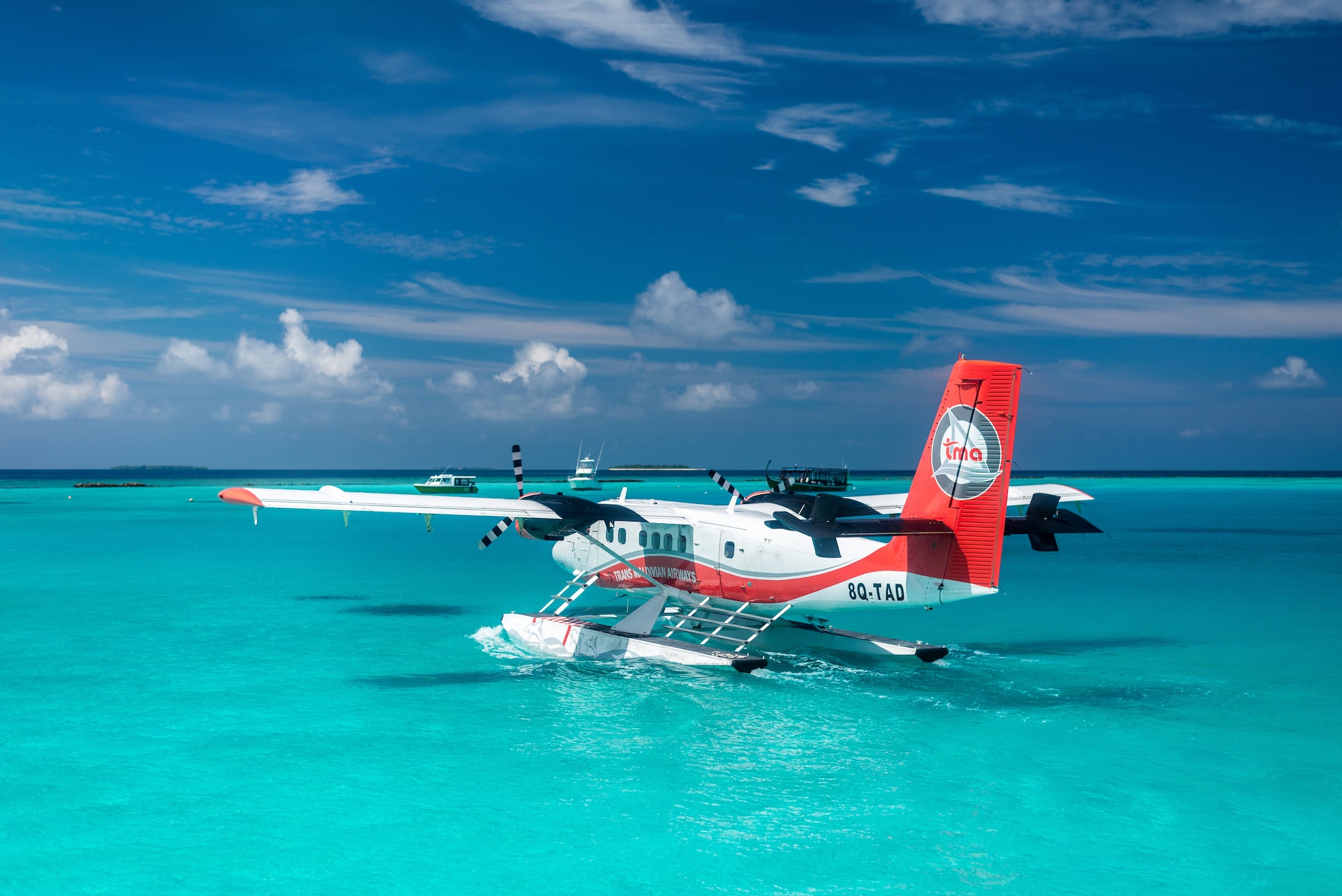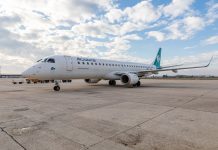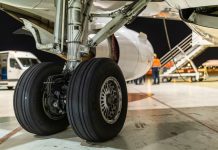AvGeek friends, today we’ll leave our beloved aeroplanes in their hangars to focus on seaplanes!
Seaplanes are aeroplanes which have the extraordinary ability to take off and land on water, allowing otherwise inaccessible places to be reached.
They were designed at the beginning of the 20th century in response to the challenges aeroplanes had to face when flying over the ocean. In 1919, the first transatlantic flight from America to Europe was carried out in a seaplane, the NC-4. Over the years that followed, seaplanes were used for a variety of reasons such as for transporting passengers, scientific research and military surveillance.
So how do seaplanes work?
Seaplanes are classified according to their buoyancy system, which can be based on either floats or the seaplane’s main hull, as well as their ability to operate on land.
Floatplanes are the most common and use a series of floats located under the aircraft to guarantee stability when taking off and landing on water.
In boat planes, the buoyancy is provided by the fuselage, which acts in the same way as the hull of a boat, ensuring greater aerodynamic efficiency.
Other design solutions for seaplanes include the “hull-wing” configuration, air cushions, hydroskis and the so-called avion marin fuselage, a compromise between an aeroplane and a seaplane that was designed around 1930 and only ever used on a Piaggio prototype. However, none of these engineering solutions ever progressed beyond the design or prototype phase.
But what makes seaplanes fascinating is not just their technology – it is their ability to land on water and reach remote locations that makes these aircraft unique.
Seaplane bases
A seaplane base is an airport for seaplanes. It is usually on water and has additional infrastructure on shore such as cranes and ramps.
Thanks to their ability to use virtually unlimited surfaces to take off and land, seaplanes could be designed to be bigger and faster than their terrestrial cousins. For this reason, seaplanes were a great alternative for commercial and mail flights, especially between the two world wars.
In the 1920s, the Italian seaplane bases in Orbetello, Marsala and Cadimare were largely used by the Italian Royal Air Force, and this phenomenon spread all over Europe. The Idroscalo di Milano (Milan Floatplane Base) was officially opened on 28 October 1930 but operated for its original purpose for less than ten years.
Following the technological developments made during World War II, however, standard aeroplanes had the edge over seaplanes, which became unprofitable for airlines to manage.
Some seaplane bases, especially the one in Milan, have become city monuments and locations for open air activities, summer meeting places and water sports. Gino Utili, the surveyor who designed it, happened to be a big fan of rowing.




